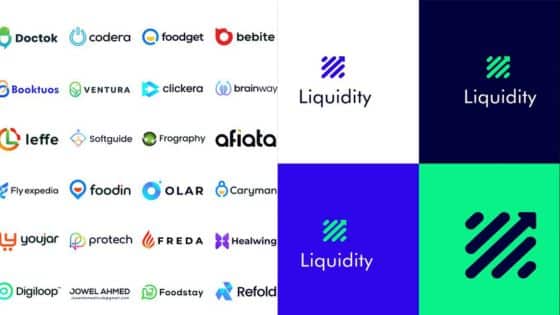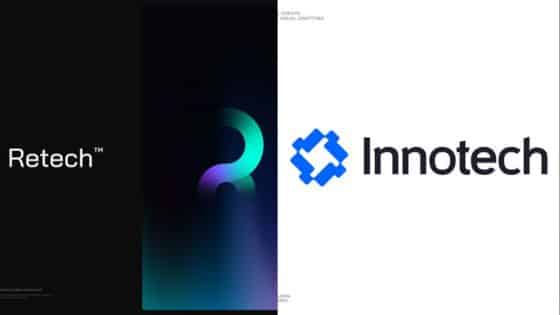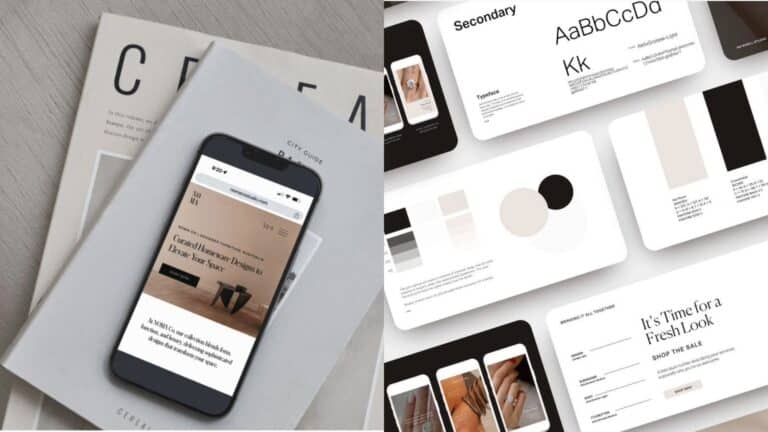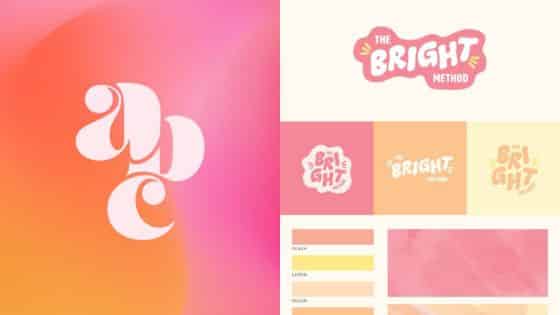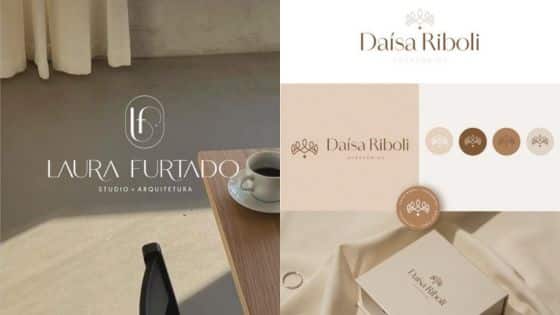A symbolic logo captures the essence of your brand through meaningful visual elements that communicate your values and message clearly. A well-crafted symbolic logo creates an immediate connection with your audience by combining simplicity and deeper significance. This makes it a powerful tool for brand recognition and lasting impact.
Finding inspiration for your symbolic logo involves exploring shapes, icons, and concepts that resonate with your brand identity. You can draw from cultural symbols, industry motifs, or abstract forms that reflect your core principles. With the right combination of creativity and intention, your symbol can convey complex ideas quickly and effectively.
Your approach to designing a symbolic logo should focus on clarity, relevance, and memorability. Using digital tools and established design practices can help you refine your ideas and ensure your logo works across different platforms and materials. The careful balance of artistry and strategy is key to crafting a symbol that stands out and endures.
Key Takeways
- Your logo should clearly express your brand’s core message and values.
- Drawing on relevant shapes and ideas enhances your logo’s meaning.
- Effective logos are simple, adaptable, and memorable across uses.
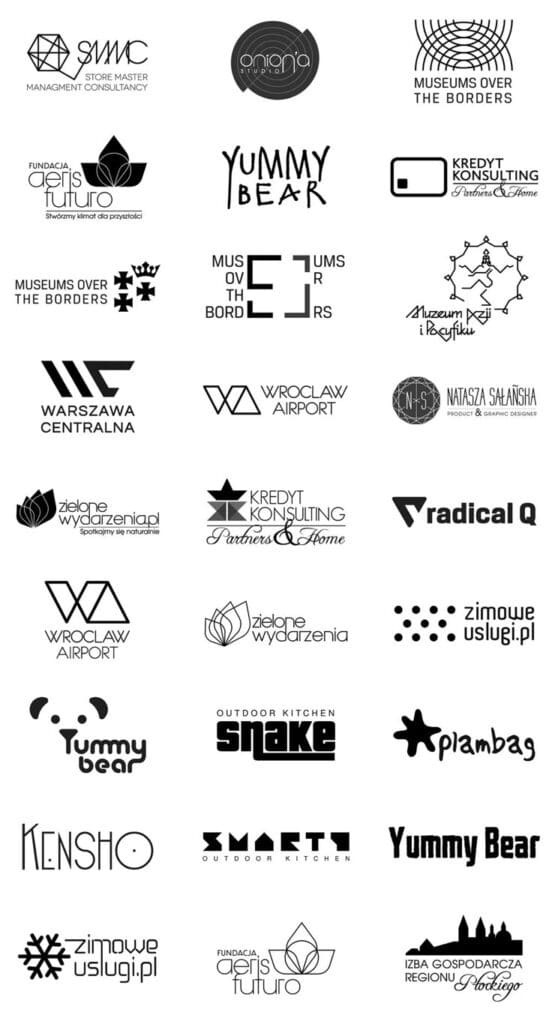
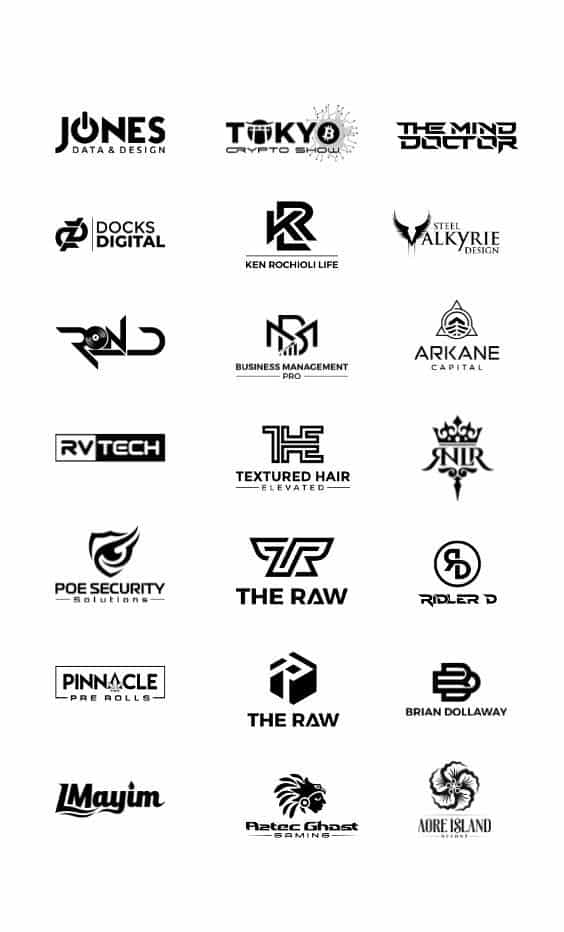
What Makes a Symbolic Logo Stand Out?
A symbolic logo gains strength by connecting a brand’s identity with clear, meaningful imagery. It not only simplifies recognition but also deepens the audience’s understanding of your brand’s values. The effectiveness depends on how well the symbolism aligns with your message and how it influences perception.
The Role of Symbolism in Brand Recognition
Symbolism acts as a visual shortcut for your brand’s core message. When you use a symbol that resonates with your audience, it helps them quickly identify and remember your brand logo. This recognition builds over time as people associate the symbol with your products or services.
A well-chosen symbol also differentiates your brand from competitors. It conveys complex ideas—such as innovation, trust, or quality—in a way that words or abstract designs cannot. For example, the Apple logo’s bitten apple immediately suggests knowledge and creativity without needing text.
Differences Between Symbolic Logos and Other Logo Types
Symbolic logos rely primarily on imagery rather than words or initials. Unlike wordmark logos, which focus on typography, symbolic logos communicate through icons that represent broader concepts or emotions.
This sets them apart because they can transcend language barriers and cultural differences when designed thoughtfully. In contrast, lettermark or combination logos often depend on specific text elements, which can limit their global appeal or instant recognition.
You should also consider that symbolic logos require simplicity for versatility. Too much detail can undermine their function. The best symbolic logos are minimal but meaningful, making them adaptable for various uses like digital platforms and product packaging.
The Impact of Symbolic Meaning on Audience Perception
The symbolic meaning embedded in your logo influences how people interpret your brand’s personality and purpose. When your logo’s symbol aligns with your brand values, it creates an emotional connection that fosters trust and loyalty.
Colors, shapes, and imagery all contribute to the symbolic meaning. For instance, circles often evoke unity and stability, while angular shapes suggest strength or innovation. You should select symbols that reflect your mission to communicate authenticity.
Misaligned or unclear symbolism, however, can confuse or alienate your audience. Therefore, clarity and cultural sensitivity are crucial to ensure the symbol resonates positively with your target market.


Essential Elements of Symbolic Logo Design
Creating a symbolic logo requires you to carefully select elements that reflect your brand’s core values and personality. Focus on meaningful symbols, appropriate color choices, and balanced typography to build a strong brand identity that communicates effectively and resonates with your audience.
Choosing Relevant Symbols for Your Brand
Symbols in your logo should directly relate to your brand’s message and values. Select shapes or icons that convey clear symbolic meaning, whether through cultural associations or universal interpretations. For example, circles often represent unity or wholeness, while triangles can imply energy or stability.
Avoid overly complex or ambiguous symbols; simplicity helps viewers quickly grasp your brand identity. Think about how the symbol connects to your brand’s story and goals. The best logo symbols are distinctive yet flexible enough to work across different media, maintaining clarity in any size.
Color Psychology and Emotional Resonance
Colors in your logo play a crucial role in eliciting specific emotions and perceptions about your brand. Red might communicate passion or urgency, while blue often suggests trust and professionalism. Choose colors that align with your brand personality and the feelings you want to evoke in your audience.
Keep in mind cultural differences in color interpretation if you target a global market. Use a limited color palette to maintain coherence and ensure the logo remains visually balanced. Consider how your primary and secondary colors interact to reinforce the symbolic meaning behind your design.
Typography and Visual Harmony
Typography in your logo should complement the symbolism and enhance legibility. The typeface choice impacts how your brand is perceived—bold fonts can imply strength, while serif fonts may evoke tradition or reliability. Ensure your text style aligns with your brand identity.
Balance your typography with your logo symbols to create visual harmony. Avoid fonts that overpower or conflict with the symbol. The integration of text and image must appear seamless so that viewers can recognize and remember your brand easily across different applications.
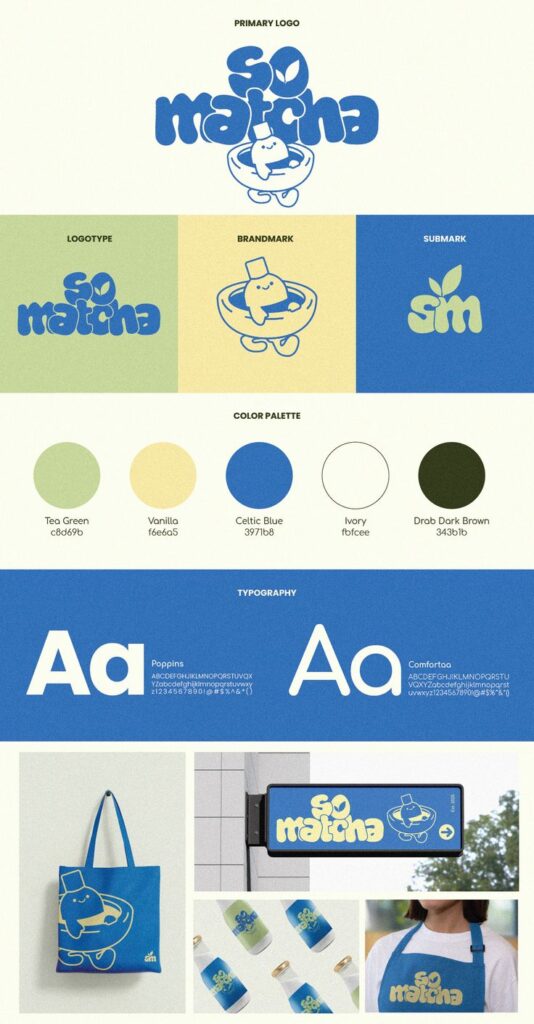
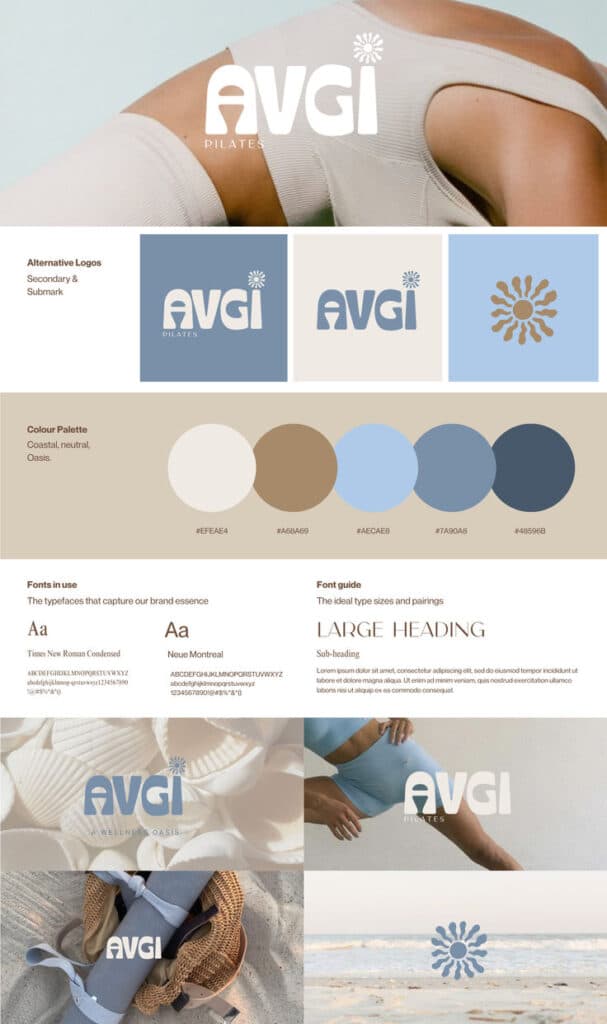
Inspiration Sources for Symbolic Logos
To create a symbolic logo that truly represents your brand, you need to draw on a range of visual and conceptual influences. These influences include examining successful logos, studying natural and cultural elements, and applying modern design trends that enhance clarity and appeal.
Studying Iconic Symbolic Logos
Analyzing well-known symbolic logos can give you a clear idea of how simplicity and meaning combine effectively. Look at logos like Nike’s swoosh or Apple’s apple—they use minimal shapes that convey strong messages instantly.
Focus on how these logos use geometry, negative space, and symbolism to tell a story. Notice the balance between abstract and literal representation that keeps them versatile across different media. This approach helps your logo stay memorable and relevant over time.
Consider breaking down their color choices and font pairings as well since these elements reinforce the symbolic nature of the brand logo. Learning from these examples provides a solid foundation for your design decisions.
Exploring Nature, Culture, and History
Nature offers a rich palette of shapes and symbols that resonate universally. You can use elements like leaves to symbolize growth or waves to represent fluidity. Such imagery connects with people’s instincts and emotions naturally.
Cultural symbols add layers of meaning that can give your brand depth. These might include traditional patterns, motifs, or iconography relevant to your target audience. Studying historical symbols helps you incorporate recognized visual codes that build trust and recognition.
When integrating these sources, be mindful of their original meanings to avoid misinterpretation. Use them in ways that align authentically with your brand values to maintain credibility.
Leveraging Modern Design Trends
Keeping up with contemporary trends ensures your symbolic logo stays fresh and competitive. Current popular trends include minimalist designs that use clean lines and simplified forms to convey symbolism directly.
Three-dimensional elements and subtle gradients add depth without overwhelming the logo’s core message. Nostalgic or vintage styles can evoke emotional connections if they suit your brand identity.
Remember, these trends should support your logo’s symbolic intention rather than distract from it. Keeping your design focused on essential elements helps communicate your brand’s story efficiently in a visually balanced way.
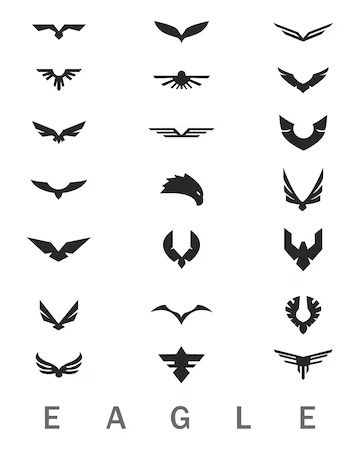
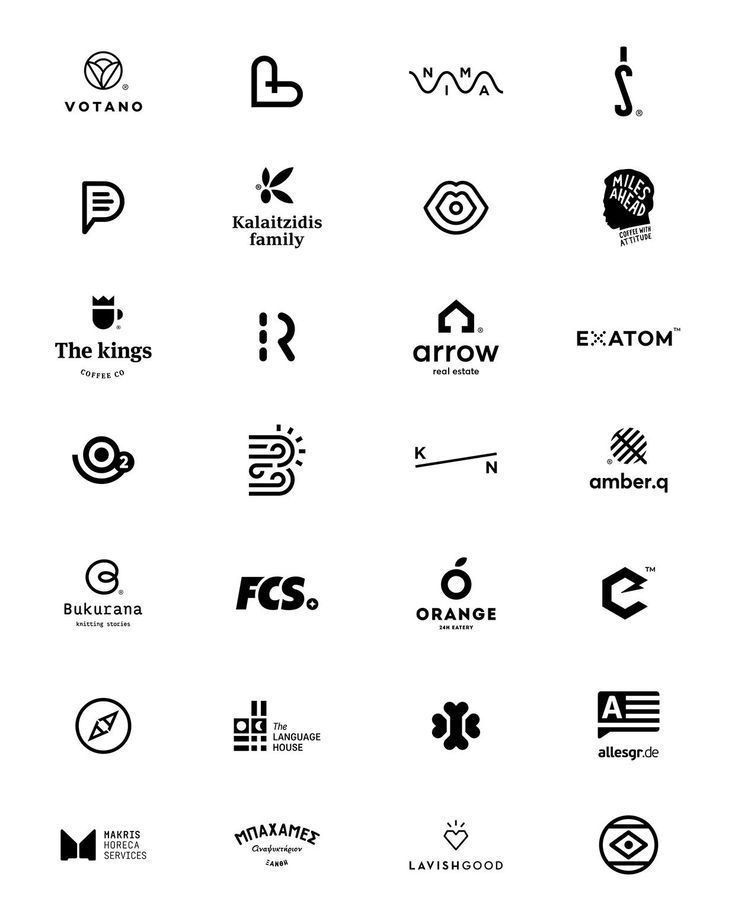
Creative Processes and Tools for Symbolic Logo Inspiration
To develop a strong symbolic logo, you need structured methods and efficient tools. This involves generating ideas through targeted techniques, using digital resources to visualize concepts, and then iterating designs to achieve clarity and impact.
Brainstorming and Conceptualization Techniques
Start by defining the core values and message your logo should convey. Use mind mapping or word association to connect abstract ideas with symbols.
Sketching rough versions quickly captures your creative flow. Encourage free drawing without constraints to explore various shapes and metaphors.
Limit your focus to 3-5 concepts to avoid dilution. Evaluate each concept against criteria like uniqueness, relevance, and memorability.
Lists like this help organize your process:
- Identify key brand attributes
- Explore related symbols or metaphors
- Sketch initial interpretations
- Narrow down to strongest concepts
This structured approach increases the chance of uncovering meaningful symbolic elements in your logo design.
Utilizing Digital Design Tools and Generators
Leverage digital software such as Adobe Illustrator or Affinity Designer to digitize your sketches. These tools allow precise manipulation of shapes, color palettes, and typography.
Explore AI-based logo generators for fresh ideas or combinations you might not consider manually. They can provide unique typography pairings and color suggestions based on your input.
Use vector-based programs to create scalable designs, essential for logos that need clarity at all sizes.
Key advantages include:
- Rapid prototyping
- Experimenting with color and form
- Easily adjusting proportions or layouts
- Saving time while exploring multiple styles
Digital tools enhance your ability to refine symbolic elements and test visual harmony effectively.
Prototyping and Refining Your Logo Symbol
Once your basic digital concept is ready, produce several variations to test effectiveness. Modify line thickness, spacing, or color contrast to improve visibility and balance.
Solicit feedback from your target audience or peers. Objective critique can reveal unclear symbolism or design weaknesses you might miss.
Test your logo on different mediums—print, web, and mobile. This ensures your symbol remains recognizable and impactful across contexts.
Create a checklist for refinement steps:
- Clarity of symbolic meaning
- Visual balance and harmony
- Scalability and readability
- Consistency with brand identity
Iterative adjustments based on testing and feedback are essential to finalizing a powerful symbolic logo.
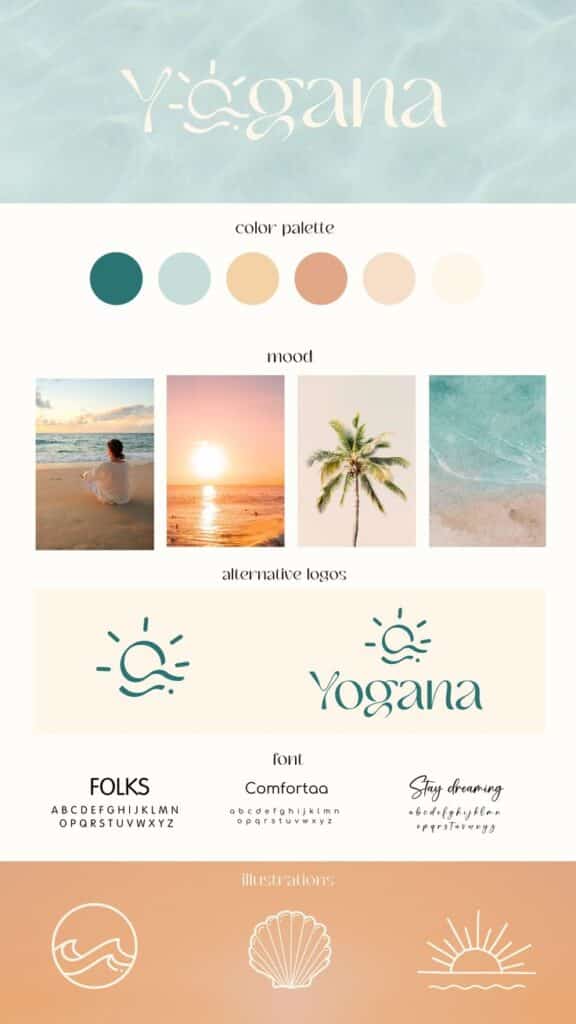
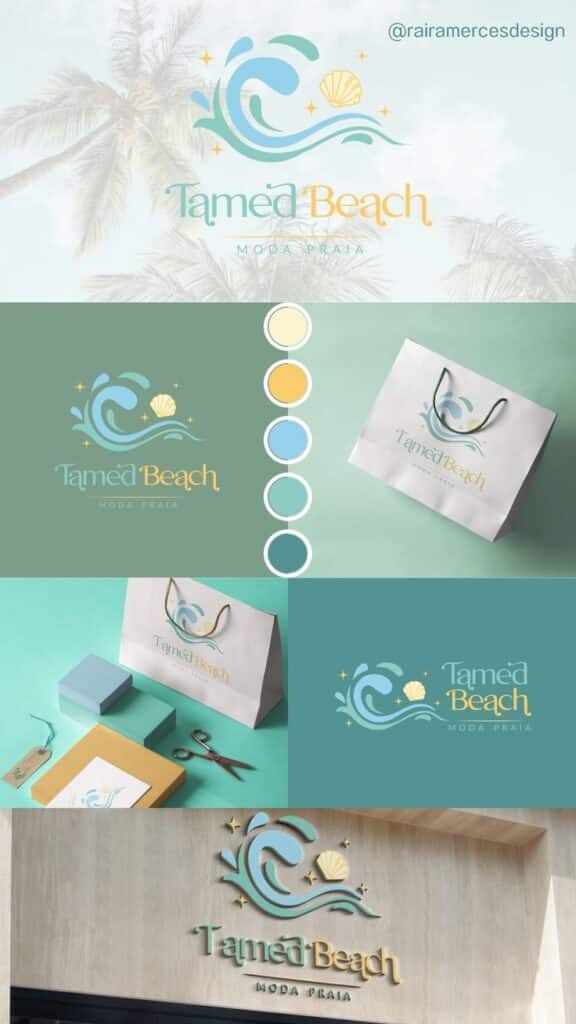
Applying Your Symbolic Logo Across Brand Assets
To effectively leverage your symbolic logo, you must embed it strategically within your brand kit and maintain uniformity across all touchpoints. This ensures your logo not only reflects your brand identity but also builds recognition and trust consistently.
Integrating the Logo Into Your Brand Kit
Your brand kit serves as the foundation for using your symbolic logo correctly. Include detailed guidelines for logo placement, clear space, and sizing to protect its visual integrity. Specify the acceptable color variations and background options to preserve its meaning and clarity.
Incorporate your logo alongside complementary elements such as color palettes, typography, and iconography. This will create a cohesive visual language that reinforces your brand identity. Provide examples of both correct and incorrect logo usage to avoid confusion.
A comprehensive brand kit helps you and your team apply the logo consistently in marketing materials, packaging, and digital assets, anchoring your brand’s visual storytelling to a clear, symbolic message.
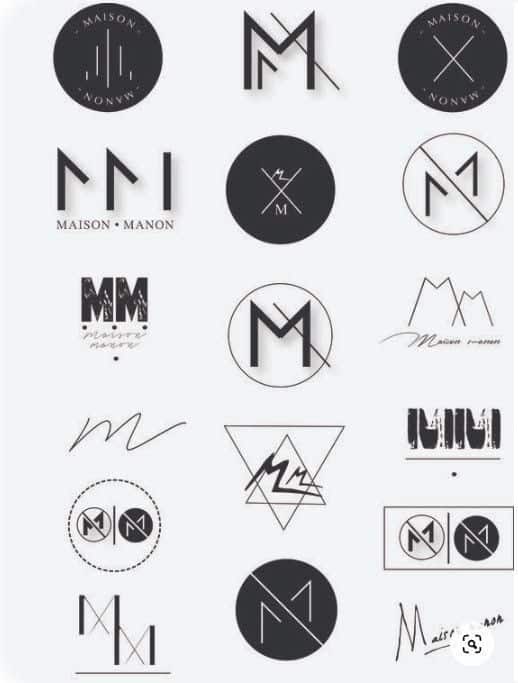

Ensuring Consistency Across Platforms
Maintain consistency by adapting your symbolic logo thoughtfully across digital and physical platforms without compromising its core elements. Each platform—whether website, social media, or print—has unique requirements for dimensions, resolution, and color profiles.
Optimize file formats (PNG, SVG, EPS) based on usage to retain clarity and scalability. Pay special attention to how your logo appears on different backgrounds and screen settings to avoid distortion or loss of impact.
Develop a checklist for reviewers to confirm that the logo remains true to its symbolic purpose and meets your brand guidelines. This reduces the risk of misrepresentation and strengthens brand recognition, especially in diverse geographic or cultural markets.
- 1.4Kshares
- Facebook0
- Pinterest1.4K
- Twitter3
- Reddit0








